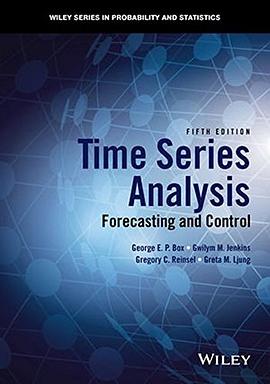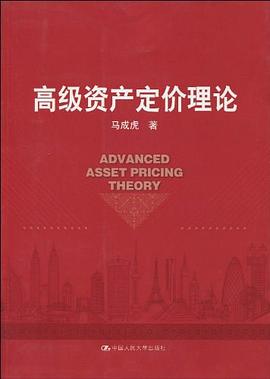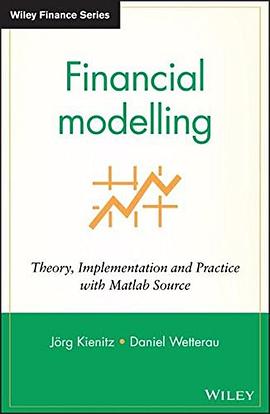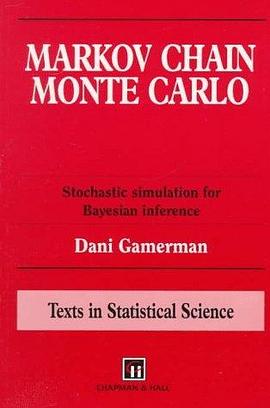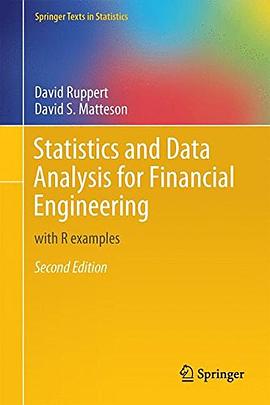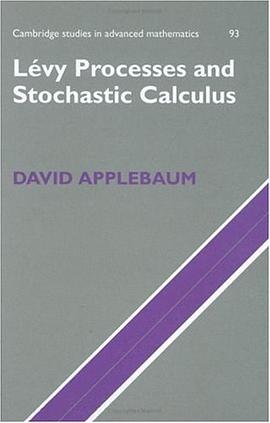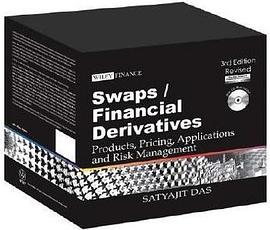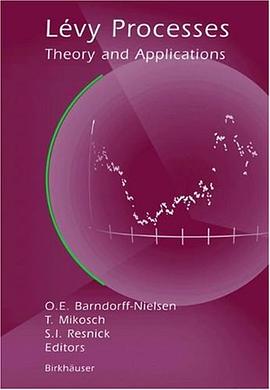Part Ⅰ Continuous Path Processes
1 Continuous-Path Random Processes: Mathematical
Prerequisites
1.1Some Definitions
1.1.1Measurability
1.1.2Monotone Class Theorem
1.1.3Probability Measures
1.1.4Filtration
1.1.5Law of a R,andom Variable, Expectation
1.1.6Independence
1.1.7Equivalent Probabilities and R,adon-Nikodym Densities
1.1.8Construction of Simple.Probability Spaces
1.2Martingales
1.2.1Definition and Main Properties
1.2.2 Spaces of Martingales
1.2.3Stopping Times
1.2.4 Local Martingales
1.3Continuous Semi_martingales
1.3.1 Brackets of Continuous Local Martingales
1.3.2 Brackets of Continuous Semi-martingales
1.4Brownian Motion
1.4.1 One-dimensional Brownian Motion
1.4.2d-dimensional Brownian Motion
1.4.3Correlated Brownian Motions
1.5Stochastic Calculus
1.5.1 Stochastic Integration
1.5.2 Integration by Parts
1.5.3 Ito's Formula: The Fundamental Formula of Stochastic
1.5.4Stochastic Differential Equations
1.5.5Stochastic Differential Equations: The One dimensional Case
1.5.6 Partial Differential Equations
1.5.7 Doleans-Dade Exponential
1.6 Predictable Representation Property
1.6.1 Brownian Motion Case
1.6.2Towards a General Definition of the Predictable Representation Property
1.6.3 Dudley's Theorem
1.6.4Backward Stochastic DifferentialEquations
1.7 Change of Probability and Girsanov's Theorem
1.7.1 Change of Probability
1.7.2Decomposition of P-Martingales as Q-serm-martingales
1.7.3Girsanov's Theorem: The One-dimensional Brownian Motion Case
1.7.4 Multidimensional Case
1.7.5 Absolute Continuity
1.7.6Condition for Martingale Property of Exponential
1.7.7Predictable Representation Property under a Change
1.7.8 An Example of Invariance of BM under Change of
2 Basic Concepts and Examples in Finance
2.1A Semi-martingale Framework
2.1.1 The Financial Market
2.1.2 Arbitrage Opportunities
2.1.3Equtvalent Martingale Measure
2.1.4 Admissible Strategies
2.1.5Complete Market
2.2 A Diffusion Model
2.2.1 Absence of Arbitrage
2.2.2 Completeness of the Market
2.2.3 PDE Evaluation of Contingent Claims in a Complete
2.3.1The Model
2.3.2European Call and Put Options
2.3.3 The Greeks
2.3.4 General Case
2.3.5Dividend Paying Assets
2.3.6Role of Information
2.4 Change of Numeraire
2.4.1 Change of Numeraire and Black-Scholes Formula
2.4.2 Self-financing Strategy and Change of Numeraire
2.4.3 Change of Numeraire and Change of Probability
2.4.5Self-financing Strategies: Constrained Strategies
2.5 Feynman-Kac
2.5.1 Feynman-Kac Formula
2.5.2Occupation Time for a Brownian Motion
2.5.3Occupation Time for a Drifted Brownian Motion
2.5.4 Cumulative Options
2.6Ornstein-Uhlenbeck Processes and Related Processes
2.6.1 Definition and Properties
2.6.2 Zero-coupon Bond
2.6.3Absolute Continuity Relationship for Generalized
2.6.4Square of a Generalized Vasicek Process
2.6.5 Powers of δ-Dimensional Radial OU Processes, Alias CIR Processes
2.7 Valuation of European Options
2.7.1The Garman and Kohlhagen Model for Currency
2.7.2Evaluation of an Exchange Option
2.7.3 Quanto Options
3Hitting Times: A Mix of Mathematics and Finance
3.1 Hitting Times and the Law of the Maximum for Brownian Motion
3.1.1 The Law of the Pair of R,andom Variables (Wt,Mt)
3.1.2 Hitting Times Process
3.1.3 Law of the Maximum of a Brownian Motion over (O,t)
3.1.4Laws ofHitting Times
3.1.6 Laplace Transforms of Hitting Times
3.2 Hitting Times for a Drifted Brownian Motion
3.2.1Joint Laws of (Mx,X) and (mx,X) at Time t
3.2.2 Laws of Maximum, Minimum, and Hitting Times
3.2.3Laplace Transforms
3.2.4Computation of W(v)(Ⅱ{Tu(X)3.2.5Normal Inverse Gaussian Law
3.3Hitting Times for Geometric Brownian Motion
3.3.1 Laws of the Pairs (Mts,St) and (,mis,St)
3.3.2Laplace Transforms
3.3.3 Computationof E(e -XTa(S)11 {Ta(S)3.4Hitting Times in Other Cases
3.4.10rnstein-Uhlenbeck Processes
3.4.2Deterministic Volatility and Nonconstant Barrier
3.5Hitting Time of a Two-sided Barrier for BM and GBM
3.5.1Brownian Case
3.5.2Drifted Brownian Motion
3.6Barrier ODtions
3.6.1 Put-Call Symmetry
3.6.2Binary Options and △'s
3.6.3Barrier Options: General Characteristics
3.6.4 Valuation and Hedging of a Regular Down-and-In Call Option When the Underlying is a Martingale
3.6.5Mathematical Results Deduced from the Previous Approach
3.6.6Valuation and Hedging of Regular Down-and-In Call Options: The General Case
3.6.7 Valuation and Hedging of Reverse Barrier Options
3.6.8The Emerging Calls Method
3.6.9Closed Form Expressions
3.7Lookback Options
3.7.1Using Binary Options
3.7.2 Traditional Approach
3.8Double-barrier Options
3.9Other ODtions
3.9.1 Options Involving a Hitting Time
3.9.2Boost Options
3.9.3 Exponential Down Barrier Option
3.10 A Structural Approach to Default Risk
3.10.1 Merton's Model
3.10.2 First Passage Time Models
3.11 American Options
3.11.1 American Stock Options
3.11.2 American Currency Options
3.11.3 Perpetual American Currency Options
3.12 Real Options
3.12.1 Optimal Entry with Stochastic Investment Costs
3.12.2 Optimal Entry in the Presence of Competition
3.12.3 Optimal Entry and Optimal Exit
3.12.4 Optimal Exit and Optimal Entry in the Presence of ompetition
3.12.5 Optimal Entry and Exit Decisions
……
4 Complements on Brownian Motion
5 Complements on Continuous Path Processes
6A Special Family of Diffusions: Bessel Processes
Part Ⅱ Jump Processes
References
Index of Authors
Index of Symbols
Subject Index
· · · · · · (
收起)



